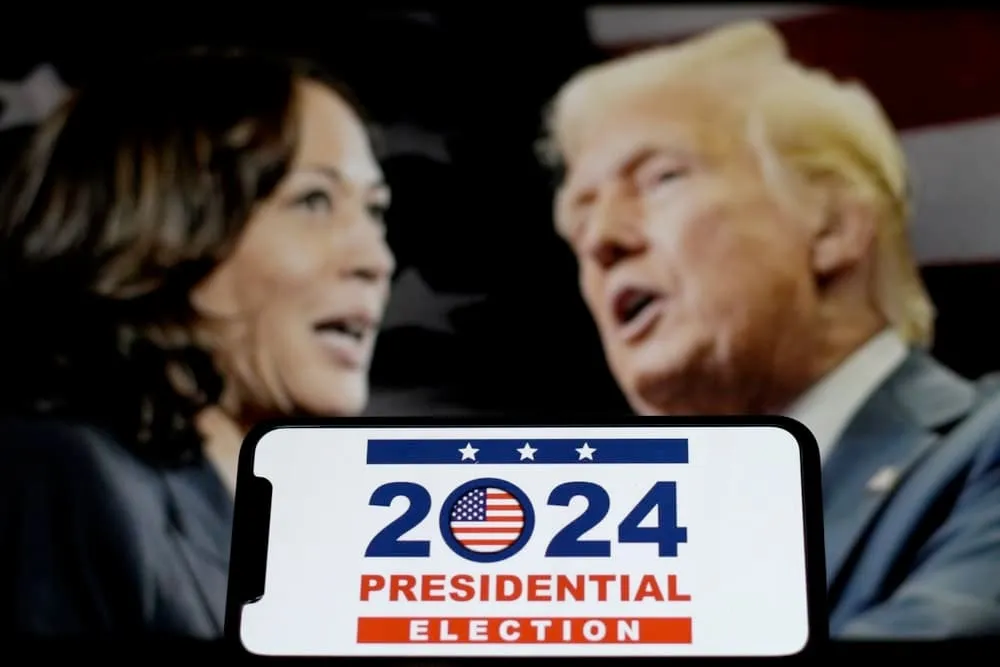How Bitcoin and Gold Are Influencing the US Presidential Elections Prediction Market

Understanding Market Dynamics: Bitcoin and Gold
The US presidential election has started today, on November 5, and the market is already pricing its outcome as over 70 million Americans are casting ballots in person to decide upon Donald Trump or Kamala Harris as the next United States president.
According to data retrieved by Finbold, Trump leads the dispute in the two most popular prediction markets by press time. This is a notably different scenario than what was seen from legacy media survey polls, as we will explore further.
Predicted Outcomes in Prediction Markets
- Over $2 billion in bets on Polymarket price a 61.7% victory for the Republican candidate.
- Kalshi traders price a 59% chance of victory for Donald Trump, indicating a growing trend.
The outcome of today’s voting will be known soon, settling the election and the prediction markets’ bets. Yet, the commodity, stock, and cryptocurrency markets are already analyzing this data, pricing the elections.
Market Reactions: Commodities and Stocks
- Expectations are that a Trump victory will lead to bullish market reactions.
- Conversely, a Kamala Harris win is anticipated to drive bearish sentiment among investors.
- 40% of institutional investors are planning to lessen equity risk under a Harris presidency.
Michael McGlone has warned that gold’s parabolic rally may prove unsustainable should a Harris administration emerge.
Current Market Performance: S&P 500, Gold, and Bitcoin
As the US presidential election day began, stock market indicators showed a bullish outlook. Gold is trading at $2,737 per ounce, up 0.10%, while the S&P 500 has seen a 0.75% gain. Bitcoin leads with 3% increases, trading at $69,884 at the time of this writing.
However, it’s crucial to remain cautious as volatility may spike, leading to unpredictable market movements.
This article was prepared using information from open sources in accordance with the principles of Ethical Policy. The editorial team is not responsible for absolute accuracy, as it relies on data from the sources referenced.